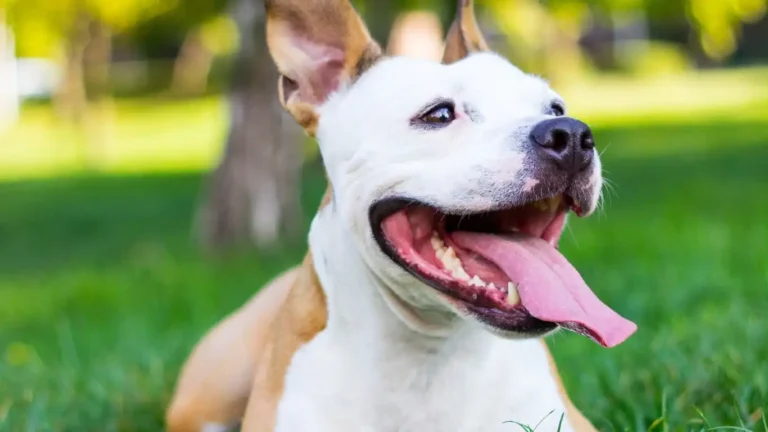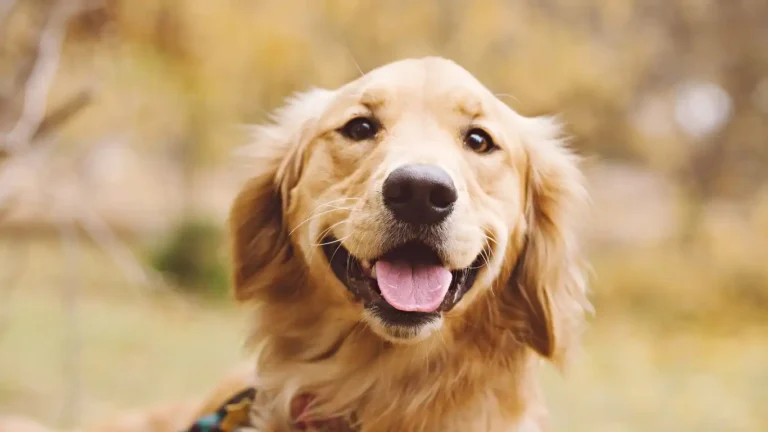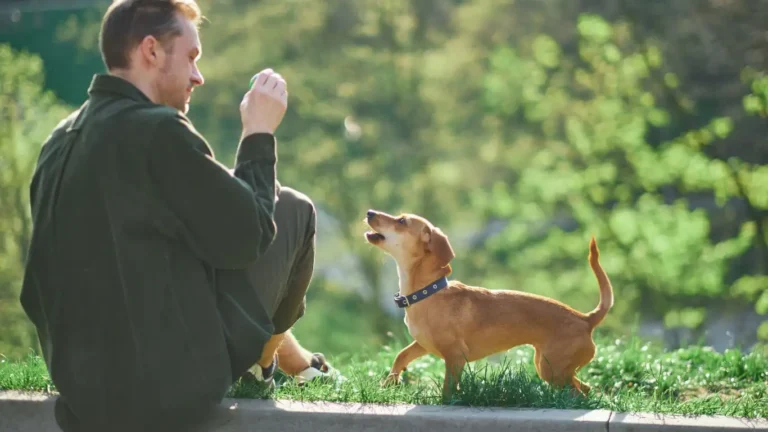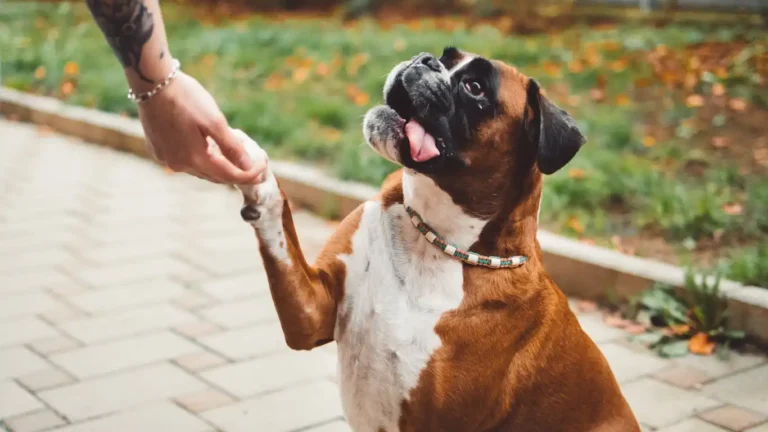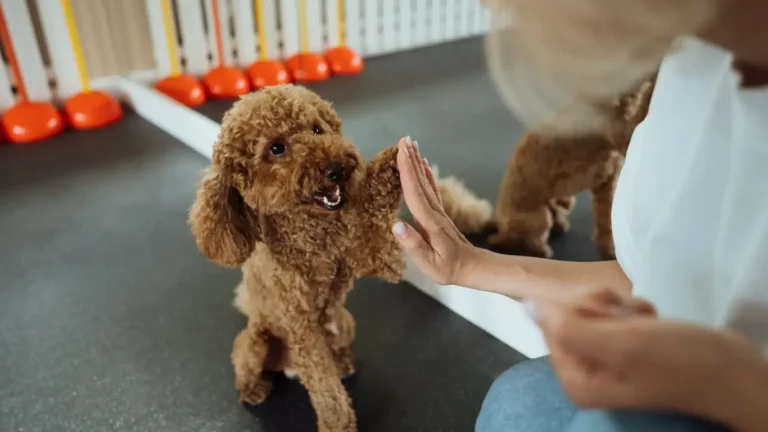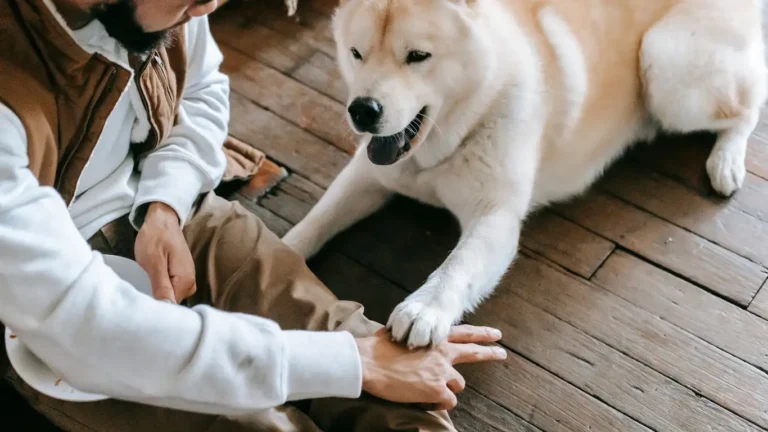Best Ways to Teach a Dog Not to Pull on the Leash: Proven, Gentle Methods
If you’re like me—someone who’s walked a hundred different dogs with a hundred different personalities—then you’ve probably asked yourself, “What are the best ways to teach a dog not to pull on the leash?” It’s one of the most common struggles pet parents face, and I totally get it. Whether you’re walking a bouncing Labrador or a stubborn little Frenchie, leash pulling can turn a peaceful stroll into a tug-of-war match. As a Veterinary Technician specializing in nutrition, I’ve spent plenty of time talking with clients about behavioral health right alongside diet. Trust me, teaching your pup leash manners isn’t just about physical control—it’s also about communication, trust, and understanding your dog’s motivations. Let’s get into it!
Why Dogs Pull in the First Place

Excitement and Energy Overflow
Ever tried walking a dog who hasn’t had their zoomies out yet? Yeah, good luck with that. One of the biggest reasons dogs pull is because they’re excited—like, *next level* excited. Walks are the highlight of their day! The smells, the squirrels, the wind in their fur—it’s like Disneyland for them. So of course they’re charging ahead.
They Think It’s Just… Normal
Here’s the kicker: most dogs don’t realize pulling is a problem. Nobody’s told them otherwise in a way they understand. I see it a lot with first-time dog owners—they’re not intentionally training their dogs to pull, but every time they let their dog drag them to that tree, they’re reinforcing it. The dog thinks, “Sweet! Pulling works!”
The Human Factor
Look, I’ll be the first to admit—I’ve been guilty of inconsistent leash handling myself. Some days we let the dog pull a little, other days we yank back or lose patience. Dogs get mixed messages, and that slows down progress big time. We have to remember they’re not being defiant—they’re just confused.
Setting Up for Success: Gear Matters
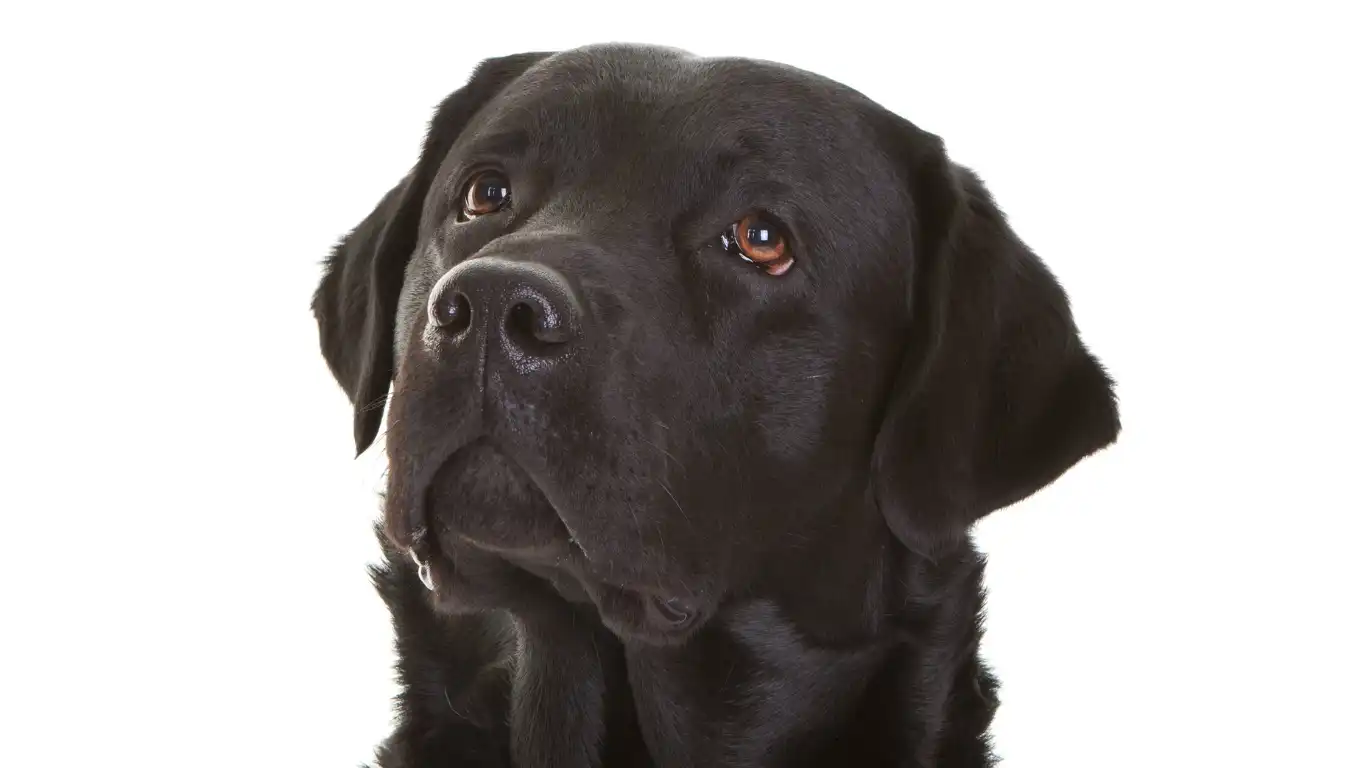
Use the Right Tools (No, Not a Retractable Leash)
Okay, hot take: ditch the retractable leash. They’re practically designed to encourage pulling. You want a standard 4-6 foot leash—nothing fancy, just something that gives you steady control. Next, look into a no-pull harness. I’ve had great success with front-clip styles, especially for larger breeds like Huskies or Pitties who tend to lunge forward like little locomotives.
- Front-clip harness: Redirects their momentum, making pulling less rewarding.
- Martingale collars: Great for dogs who slip out of traditional collars.
- Head halters: Best used with guidance—they can be super effective but need proper introduction.
Comfort Still Comes First
I always tell pet parents: your dog’s gear should fit snug but not tight. You should be able to slip two fingers under the straps. If it’s rubbing or your dog hates it, that’s going to add stress—and training under stress? It just doesn’t stick as well.
Training Basics: Teaching the “Loose Leash”
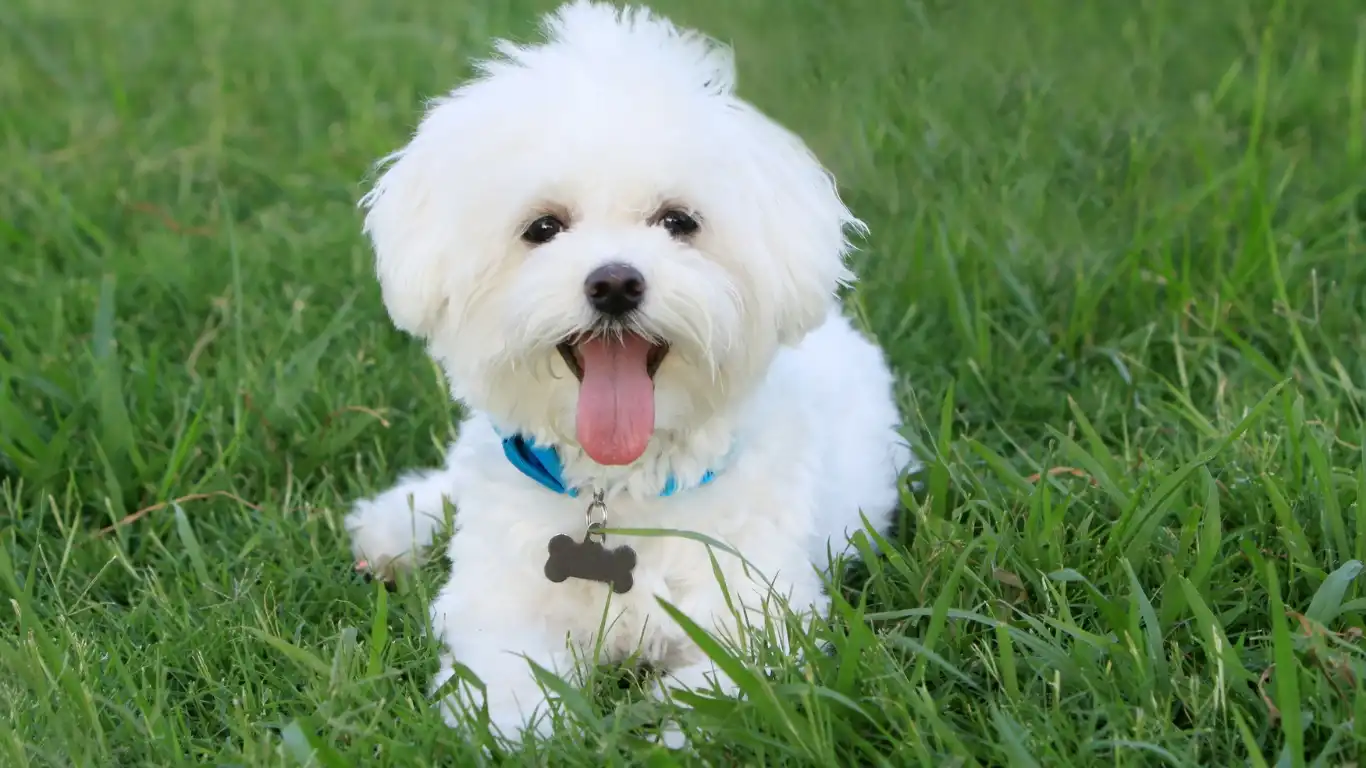
Start Small, Think Slow
Don’t expect a leash pro overnight. Start in a low-distraction area—your backyard, your hallway, even your living room. Practice walking in short bursts with a loose leash and reward like crazy. I keep a pouch of high-value treats on me (boiled chicken or freeze-dried liver usually gets my clients’ dogs pretty hyped!).
- Say your dog’s name to get their attention.
- Take one step forward. If they don’t pull, mark it with a “Yes!” and reward.
- If they pull, stop walking. Wait for them to check back in or return to you, then try again.
This is called the “be-a-tree” method. It works, but it takes patience. When I was helping train my neighbor’s German Shepherd (a total powerhouse of a dog), we’d sometimes only make it halfway down the block in 30 minutes. But over time, she caught on, and now she walks like a dream.
Reward the Calm, Not Just the Movement
Another tip? Don’t only reward when your dog’s moving the “right” way. Reward calm behavior, too—like checking in with you, walking next to your side, or pausing when you pause. They’ll start to associate being near you with all the good stuff, instead of treating you like an anchor they’re dragging along.
Consistency Over Correction
Don’t Rely on Yanking or Verbal Scolding
I can’t tell you how many times I’ve seen well-meaning folks jerk the leash or raise their voices when their dog pulls. It’s tempting, but it doesn’t teach the dog what to do—it just confuses or scares them. As someone who focuses a lot on behavior and wellness, I always recommend positive reinforcement over punishment.
Yes, correction has its place, but only when done right and paired with clear guidance. And honestly? Most dogs don’t need it. They thrive on praise, food, and a little bit of patience.
Practice Makes Progress
Daily short sessions work better than occasional long ones. Five minutes here, five minutes there—consistency is the secret sauce. When I adopted my senior Beagle, she had zero leash manners. But with short, rewarding sessions every day, we made progress within a week. Older dogs can learn new tricks. Trust me.
Turning Walks Into Training Opportunities
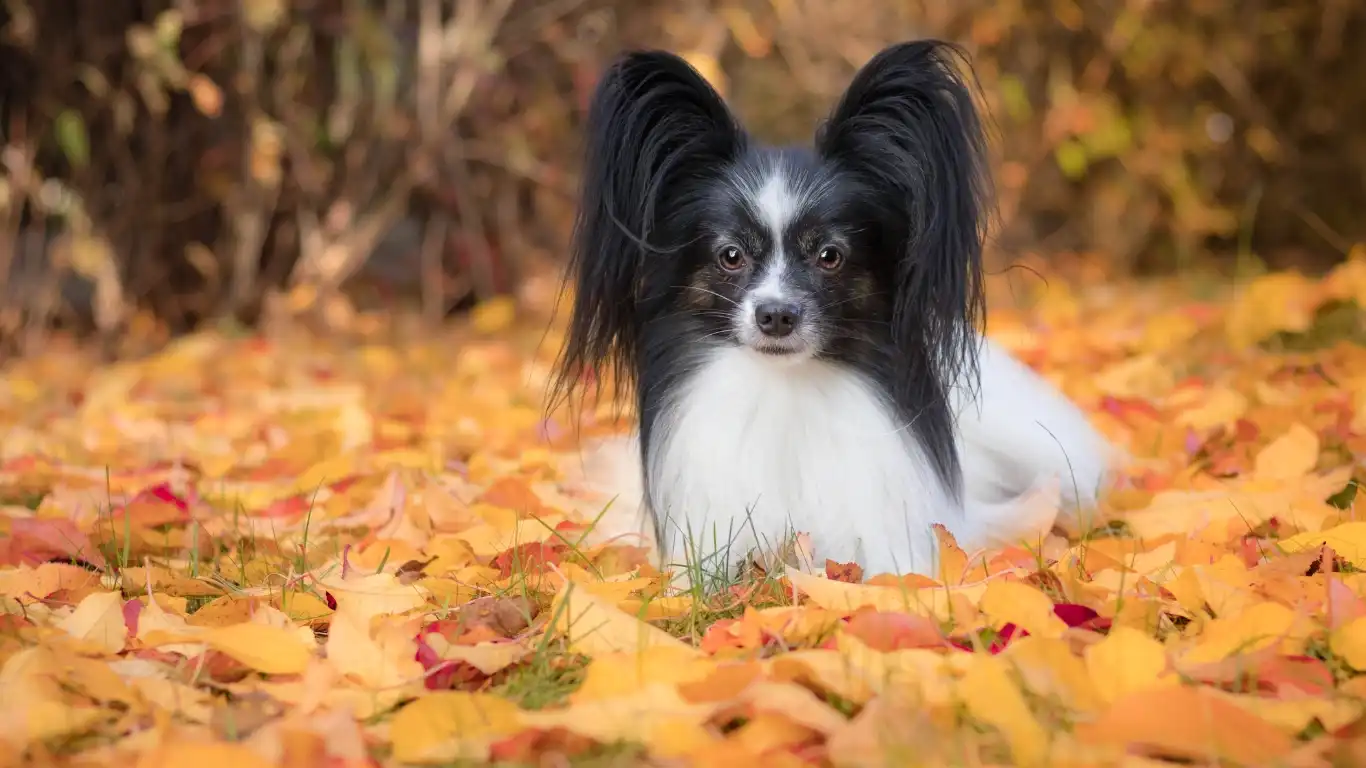
Every Walk Is a Chance to Reinforce Good Behavior
Here’s the thing I tell my clients all the time: don’t separate “training time” from “walk time.” Walks *are* training. Every step you take with your dog is a teaching moment. Instead of zoning out or scrolling your phone while they zigzag ahead, stay engaged. Talk to your dog. Praise them when they’re walking nicely. Redirect when needed. It becomes second nature once you get in the rhythm of it.
Back when I was fostering a sweet but wild Border Collie named Luna, I started every walk with five minutes of leash work. Just back and forth in the driveway, lots of “Yes!” and treats when she stuck by my side. That little bit of focus up front made the rest of the walk so much smoother. Dogs crave structure more than we give them credit for.
Mix In Focus Exercises
If your dog is distracted by every leaf that blows by, work on building attention. I like to toss in exercises like:
- Name game: Say their name and reward when they look at you.
- Touch: Teach them to touch your hand with their nose. Great for redirection!
- Look at me: Eye contact is gold on walks. Mark and reward it often.
These little cues keep your dog mentally engaged, and that alone can cut down leash pulling dramatically. A distracted dog pulls more. A focused dog checks in with you—and that’s the sweet spot we’re aiming for.
Understanding Your Dog’s Triggers

Leash Reactivity Is a Whole Other Ball Game
If your dog pulls hard or lunges when they see other dogs, bikes, or people, you might be dealing with leash reactivity. This isn’t just a “bad behavior” thing—it’s often rooted in anxiety, frustration, or overexcitement. And trust me, it’s super common. In the clinic, I can’t count how many times a nervous pup would act out on leash, only to melt into a cuddle bug once inside.
Reactivity doesn’t fix itself—it needs targeted training. Here’s what’s helped the most in my experience:
- Distance is your friend: If your dog freaks out at 10 feet, stay 20 feet away at first. Slowly work closer over time.
- Mark and reward calm behavior: Every time your dog sees a trigger and doesn’t react, praise and treat like crazy.
- Use high-value rewards: This is peanut butter-in-a-squeeze-tube territory. Pull out the big guns!
I worked with a client who had a reactive Cattle Dog—like, full-on bark-and-lunge mode. But with distance work and consistent reinforcement, we got to the point where he could pass dogs calmly on the sidewalk. That transformation? It’s possible with patience.
When to Call in the Pros
Sometimes, a leash issue is more than a training hiccup—it’s a deeper behavioral challenge. If you’re feeling stuck, it’s okay to reach out. Certified trainers and behaviorists can offer personalized support, and many of them specialize in fear-free, reward-based approaches that align beautifully with veterinary advice.
Making Leash Manners a Habit (For You Too!)
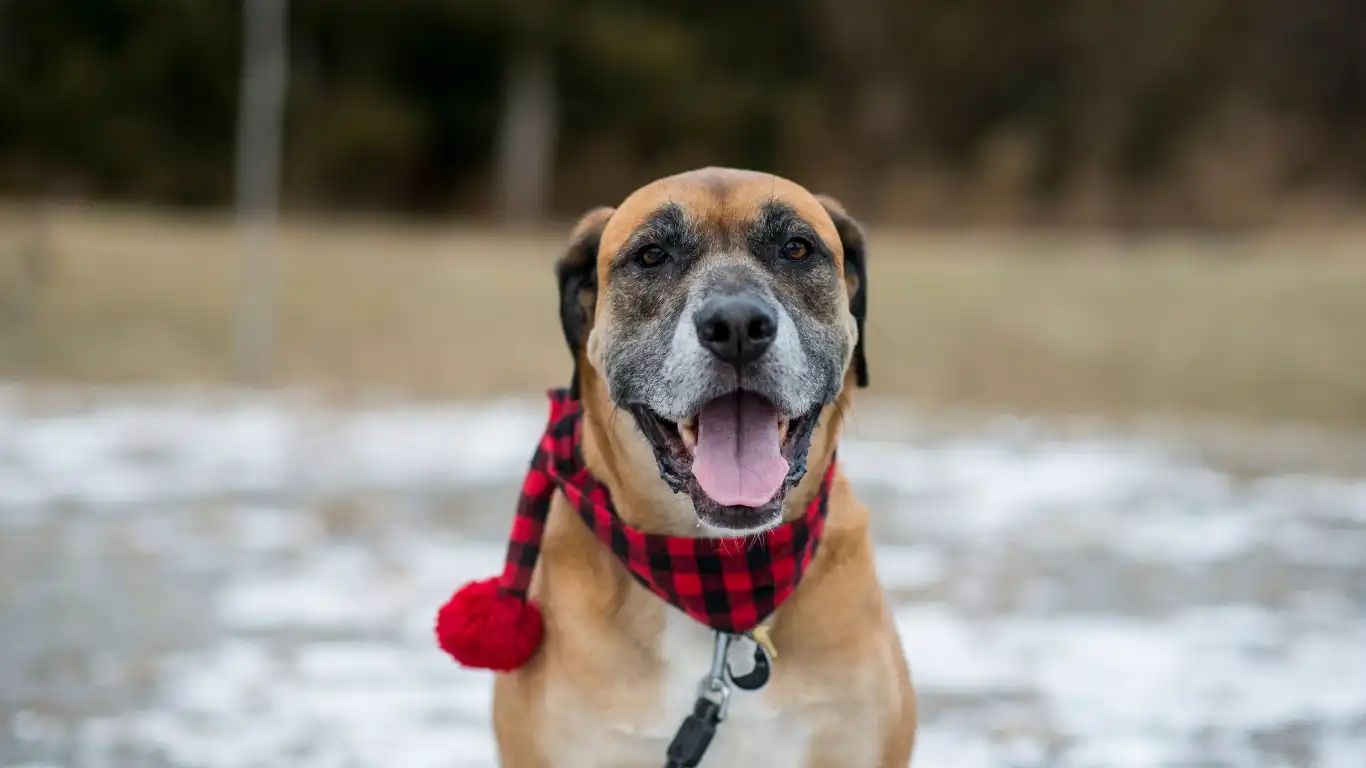
Consistency Is a Two-Way Street
Let’s be honest—half the battle with leash pulling isn’t the dog, it’s us. We’re inconsistent. One day we let them sniff every bush and tug a little. The next, we’re cranky and rushing. Dogs thrive on patterns, and if the rules change every day, they’re not going to know what’s expected.
I like to pick one or two rules and stick to them religiously. For example:
- “No pulling = we keep walking.”
- “Pulling = we stop or turn around.”
Once your dog connects those dots, they’ll learn fast. And you don’t need to be strict or stern—just consistent and clear. I had to remind myself of this constantly when I adopted my high-energy mixed breed, Maple. She’s smart but also stubborn. It took me holding my own habits accountable before I saw real progress with her.
Build in “Sniff Breaks”
This one’s important—let your dog be a dog. Sniffing is like reading the news for them. It’s how they decompress. I like to designate a few “free sniff zones” on walks where I let the leash go loose and just let them explore. It’s a great way to balance structure with freedom.
The key is making it your choice, not theirs. That’s how you stay in control of the walk without turning it into boot camp. Structured walks + designated sniff breaks = happy pup and happy human.
When Progress Feels Slow (Because Sometimes It Will)
Celebrate the Small Wins
Look, not every day is going to be a leash-training triumph. Some walks might end with you both frustrated. That’s okay. Progress isn’t linear, and dogs—like people—have off days. What matters is the overall trend, not perfection.
Did your dog check in with you once today? Celebrate it. Did they walk beside you for half a block? Big win. These micro-moments add up. One of the things I always encourage in the clinic is keeping a small journal or even a notes app to track these little victories. It’s incredibly motivating to look back and realize how far you’ve come—even if it doesn’t feel like it in the moment.
Be Kind to Yourself, Too
I’ve seen pet parents beat themselves up over training setbacks, especially with leash manners. But hey—this is a partnership. You and your dog are learning together. And there’s no shame in needing a breather, switching up the approach, or just taking a day off for a casual, no-training walk. Balance is everything.
Tailoring Your Training to Your Dog’s Breed and Personality
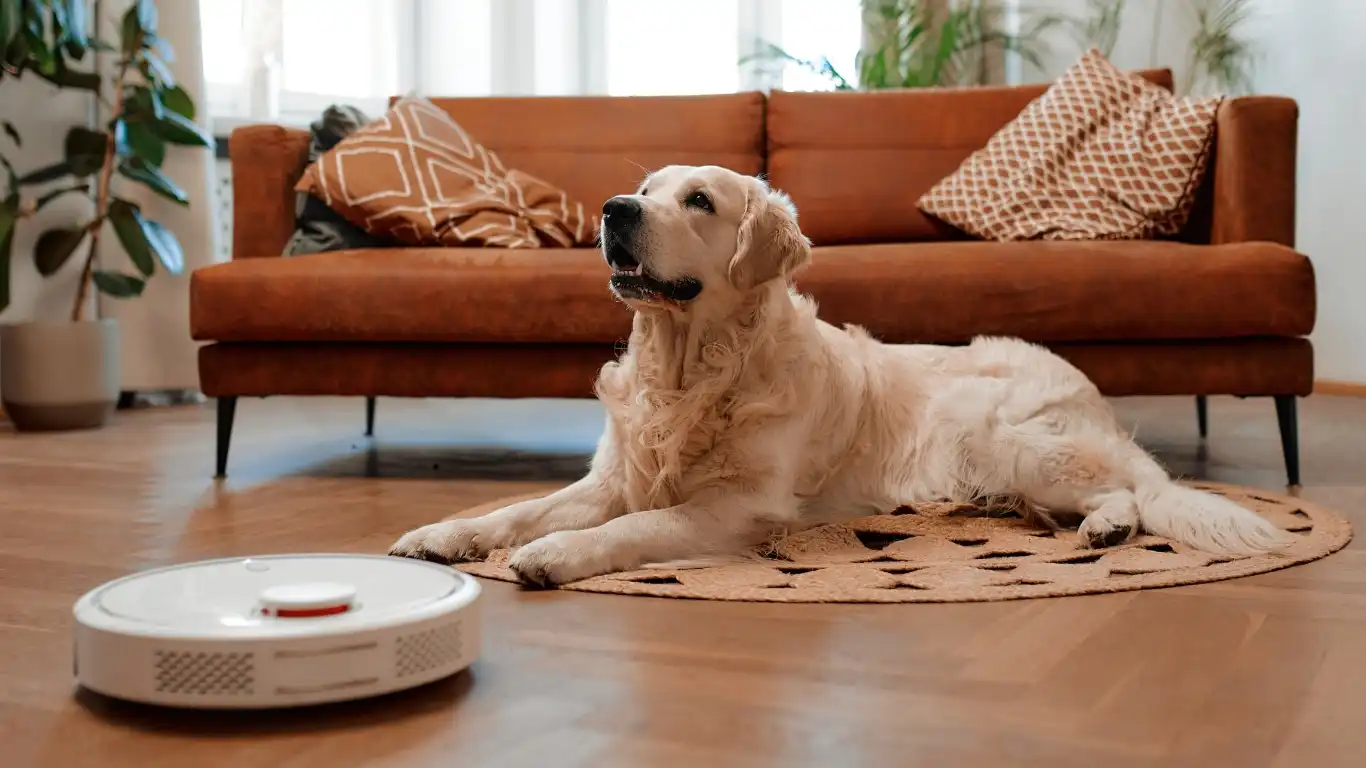
No One-Size-Fits-All Approach
By now, you’ve probably figured out that there’s no magic fix when it comes to the best ways to teach a dog not to pull on the leash. What works wonders for a mellow Basset Hound might flop completely with a feisty Jack Russell. I’ve had the pleasure (and challenge) of working with dozens of breeds in both clinical and foster settings, and let me tell you—each one brings something different to the table.
Take my friend’s Boxer, for example. Super athletic, super affectionate, and always ready to GO. We had to get creative with short, high-reward training bursts just to keep him engaged. On the flip side, one of my nutrition clients had a chill senior Shih Tzu who just needed calm encouragement and a pocket full of boiled chicken to keep him from wandering. Same end goal, two totally different paths.
Breed-Specific Challenges
Certain breeds are just… built to pull. Huskies? Pulling is in their DNA. Working dogs like Shepherds or Malinois? They want a job. Even scent hounds like Beagles often follow their nose straight into a tug-of-war. Understanding your dog’s genetic background gives you a major advantage in tailoring your training approach.
- Sled breeds: Add mental challenges and let them burn off energy before training.
- Terriers: High energy = high engagement. Keep sessions short and varied.
- Toy breeds: Don’t overlook leash manners—pulling isn’t size-dependent!
If you’re unsure about your dog’s tendencies, you can always consult breed guides from trusted sources like AKC or ask your vet for behavioral insights during check-ups. The more you understand your pup’s brain, the better you can work *with* it instead of against it.
Enrichment Outside the Walk
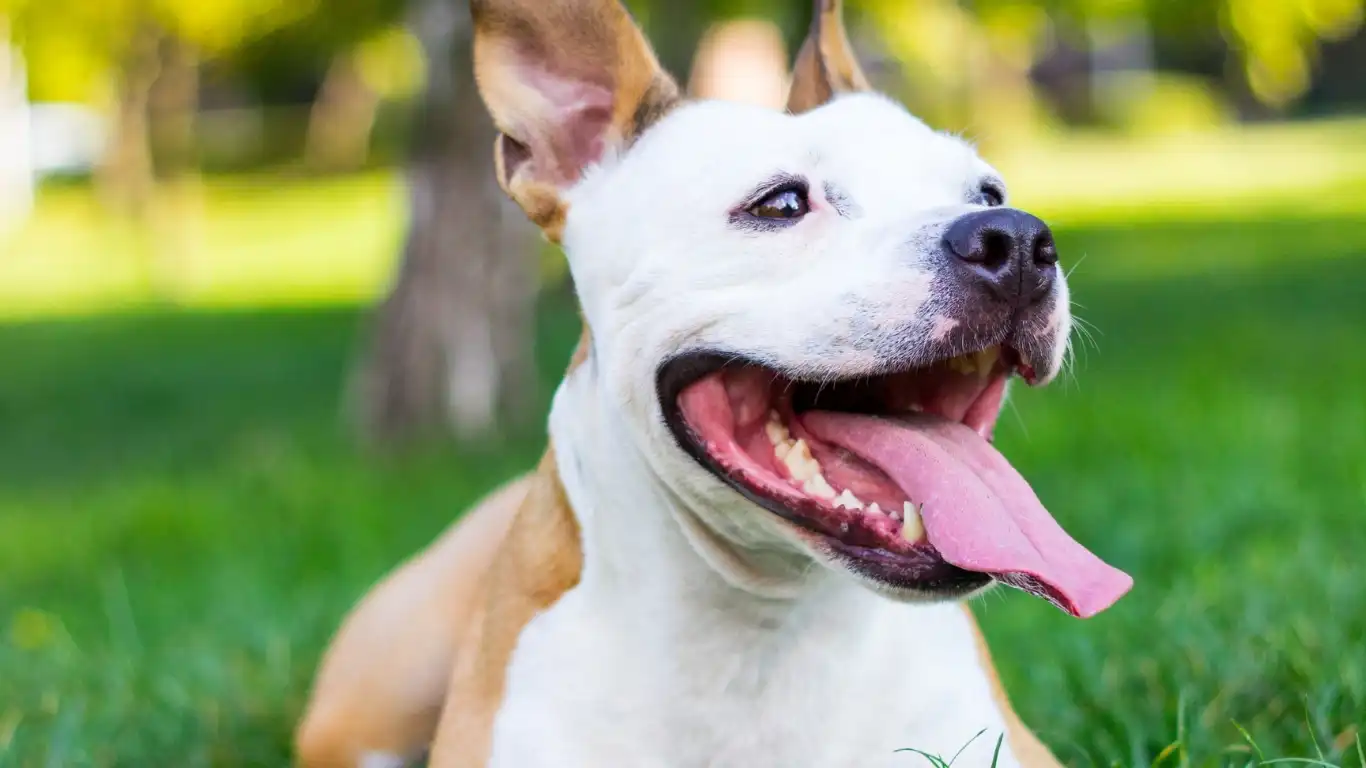
A Tired Dog Pulls Less
I always say this to clients, and it’s worth repeating: a tired dog is a well-behaved dog. If your pup is bouncing off the walls every time you clip on the leash, that energy has to go somewhere—and usually, it goes straight into pulling. That’s why I encourage folks to think beyond the leash. Enrichment at home is just as crucial.
Here are a few of my favorite off-walk activities that help dogs get their energy out and stay mentally balanced:
- Food puzzles and slow feeders: Make your dog work for meals. It keeps their brain busy.
- Snuffle mats: Perfect for natural foragers. Scatter treats and let them sniff it out.
- Short training games: Teach tricks or reinforce recall. Keeps focus sharp.
One of my past patients—a young Vizsla—struggled so hard with leash pulling, nothing seemed to click. Once we added daily flirt pole play and frozen Kong toys into his routine, his leash behavior totally transformed. He was still energetic, but the frantic, unfocused energy had been funneled somewhere healthy.
Balance Is Key
This doesn’t mean your dog has to be exhausted 24/7, of course. But keeping their brain stimulated throughout the day will make those leash lessons go so much smoother. You’ll start your walks with a dog who’s already feeling fulfilled, not desperate for stimulation the moment they get outside.
Leash Training and the Human-Animal Bond
It’s About More Than Just Walking
At the end of the day, leash training isn’t just a checklist item. It’s one of the ways you build trust, respect, and understanding with your dog. That’s why I always try to approach it with empathy and curiosity, not just discipline. If my dog is pulling, I ask myself, “Why?” before I jump into correction mode. Are they overstimulated? Frustrated? Bored? This mindset shift has changed my entire approach—not just in walking, but in how I interact with animals in general.
Over the years, I’ve learned that successful leash training has a ripple effect. Dogs that feel understood and guided on walks often become more confident, less reactive, and more in tune with their humans in everyday life. That connection? It’s what makes the effort totally worth it.
Celebrate the Journey
I’ve had those “aha” moments—when a dog who used to pull like a freight train suddenly matches my pace without a single tug. It feels like magic. But the real magic is in all the little steps it took to get there. The check-ins, the treats, the stops and starts. The teamwork.
If you’re working through this right now, don’t worry—you’re not alone. Leash training is one of the most common struggles, even for seasoned dog folks. But every small win counts. Every calm step is a step toward a better bond, a better walk, and a better life together.
Helpful Resources and Continuing Education
- AKC – Great breed-specific training tips
- PetMD – Reliable advice on training, health, and behavior
- NIH – Science-backed studies on human-animal interaction
- Health.com – Tips on managing stress for both pets and people
Feel free to browse those if you’re hungry for even more knowledge or want to troubleshoot specific issues. The learning never really stops, especially in the dog world.
Disclaimer
The information in this article is based on my personal experience as a Veterinary Technician and canine nutrition specialist, combined with hands-on training knowledge. It is not intended to replace veterinary or professional behavioral advice. For persistent behavioral issues or specific concerns, please consult with a certified dog trainer or your veterinarian.

